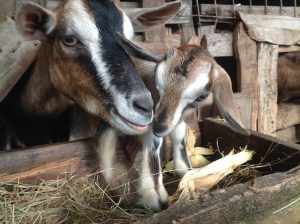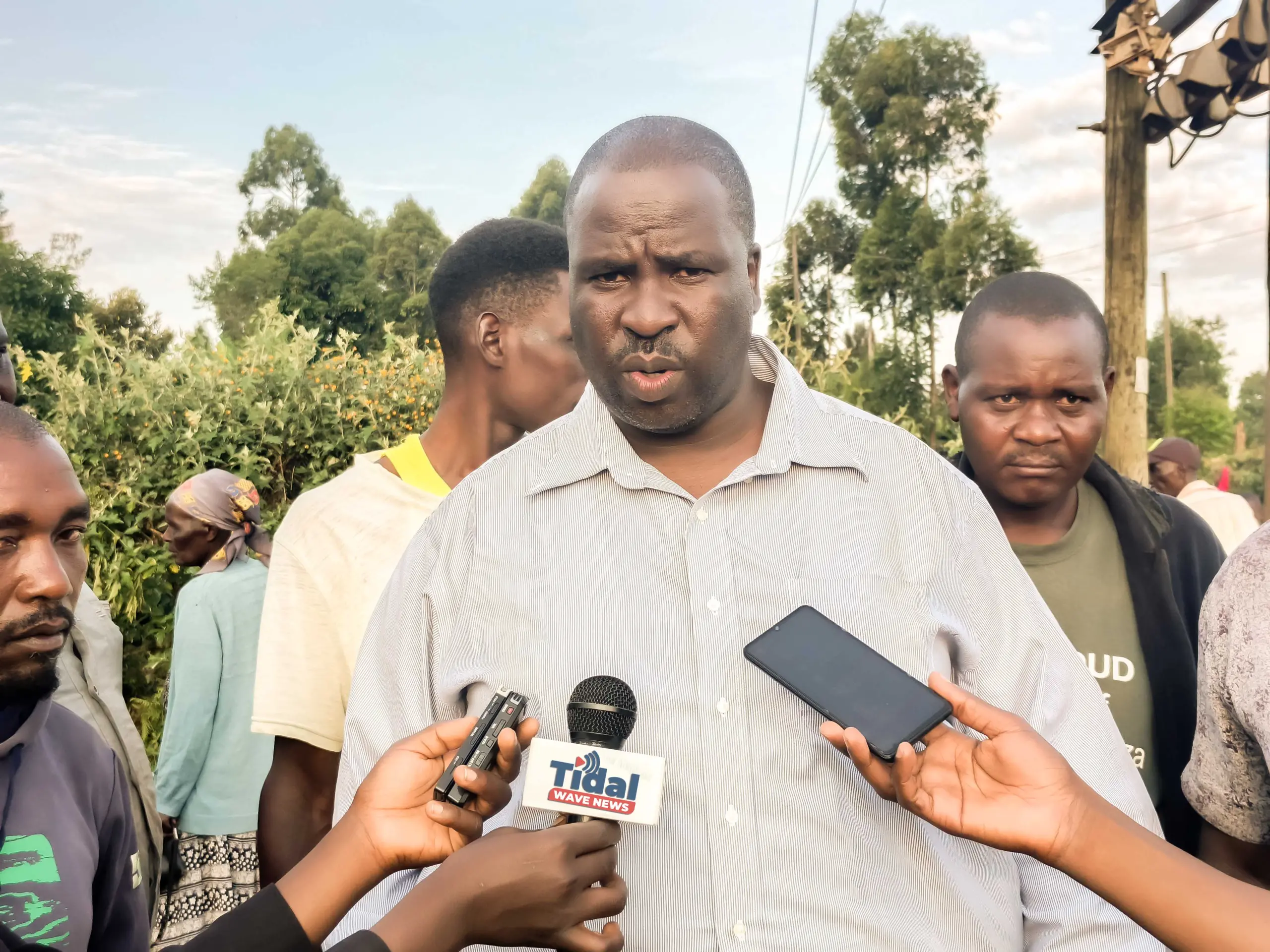
By Arnold Ageta
In many parts of Africa, the changing climate is creating challenges for farmers. In eastern Kenya, farmers are faced with extended droughts.
In Kenya, most livestock keepers prefer to raise cattle. But with the changing climate, a few small-scale farmers in eastern Kenya have recently discovered that goat farming is a lucrative substitute for cows. Goats are hardy animals, especially in dry areas. They do not consume a lot of fodder, can go for several days on the water in the food they eat, do not require much land, and, if well-managed, gain enough weight to be sold in six months.
Many farmers in Mwingi, eastern Kenya have made a successful switch from cattle to dairy goats. Tidal Wave News visited Mwingi and had a chance to meet some farmers.
According to Mcdonald Mnuve, who is a farmers’ coordinator, the main source of livelihood in eastern Kenya was rainfed agriculture and most people earned their livelihoods from farming.
He says agriculture has been challenged by long periods of dry weather.
‘‘This area was one of the most affected–you must have heard news in the media that people in Nuu’ in Mwingi were feeding on dogs because there was no food,’’ said Mnuve.
The farmers in the area complained of seeds not germinating, poor crop yields, and a large number of weak and finally dead livestock because the seasonal rivers dried up and there was little or no rain. This forced many farmers to rely on government food aid.
Mcdonald Mnuve: ‘‘Farmers sought other sources of livelihoods like illegal wood cutting, burning charcoal and harvesting sand from dried river beds. This degraded our land even worse for farming.’’
Fortunately, farmers have now found ways to cope with the drought. They are growing drought-resistant crops and raising breeds of goats which are more tolerant of drought and are doing very well.
The farmers in Mwingi who have embraced goat farming, even if there is lower rainfall, they can have some milk and they have goats they can sell to earn money and get manure for their more drought-resistant crops.
Their families do not go hungry like they did five to ten years ago. Children are healthy and in school. The farmers can even supply a little grain for the school feeding program once in a while.
Mnuve says that when farmers have a good number of goats and can sell one for good money, they encourage them to buy good water storage tanks. The water in these tanks can last them a long while, even when rains do not come when expected.
These farmers are always encouraged to harvest rainwater during the rainy season. This has certainly changed farmers’ lives.
Until recently, small-scale farmers in Kenya did not raise many goats. Few households consumed goat milk. But that has changed.
A few years ago, the animal of choice for most farmers Mwingi area was the cow. But cows can’t cope with the prolonged dry season. Switching to goats has made local farmers very happy. One such farmer is Teresia. She gets very excited when she talks about her goats.
Teresia is a proud goat farmer in her farm which is about an acre in size. Right beside her own house is a goat house. Currently she has ten goats but she started with three of them.
‘‘I rear cross breeds of a Toggenburg buck and a local doe, she said. Like other farmers, she received a Toggenburg buck through FARM Africa dairy goat improvement project.
‘‘At the time, very few of us kept local goat breeds, and we knew nothing about the Toggenburg. But we learnt the benefits of cross-bred goats, especially for a dry area like ours,’’ she added.
She said that project required them to buy a local doe to breed with the Toggenburg buck and this made them skeptical about it. Teresia herself bought three local does and took them for mating with the male Toggenburg.
‘‘Each goat had two kids and I was amazed. They were bigger and stronger than the local goat breed. I sold some after six months and took the females for mating again with the Toggenburg. The next kids were even stronger than the first! And that is how I have been increasing my goats, she said happily.
Keeping goats is cheaper in this area as compared to cows.
Teresia says that a cow takes longer to mature before it is ready for sale. A cross breed from a Toggenburg takes only six months to mature and it can be sold for about KES. 21 thousand.
Indigenous goats are not large enough to be sold at six months old. Even at a year old, you can only get KES 3000 for them. And a cross breed can live up to six years if you take good care of it.
‘‘The goats have been very good for me. We drink the milk at home, and I sell the surplus. From the milk sales, I can buy house supplies. When I am in dire need of money, I can sell a goat or two for school fees or a health need,’’ she said.
She concludes that her three children have gone to school because of the keeping goats. Her two daughters have completed their university education and the remaining one is now in college.




One thought on “Challenges of climate change on farming”